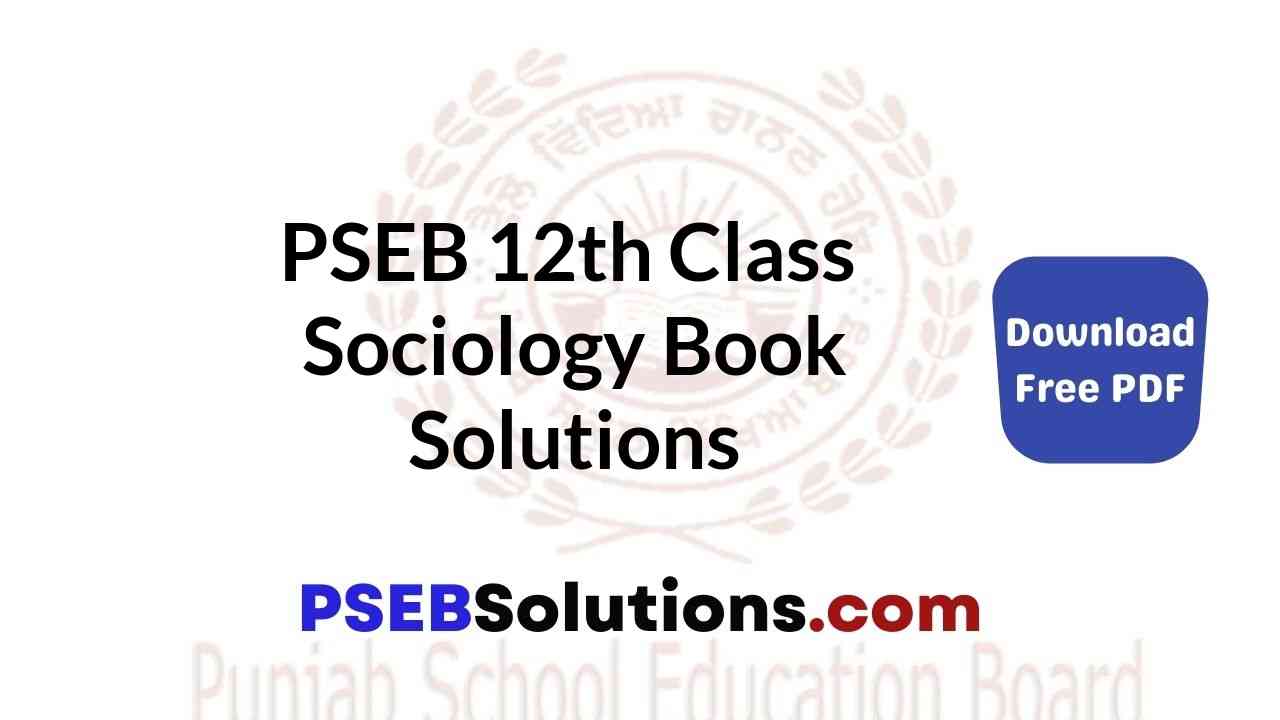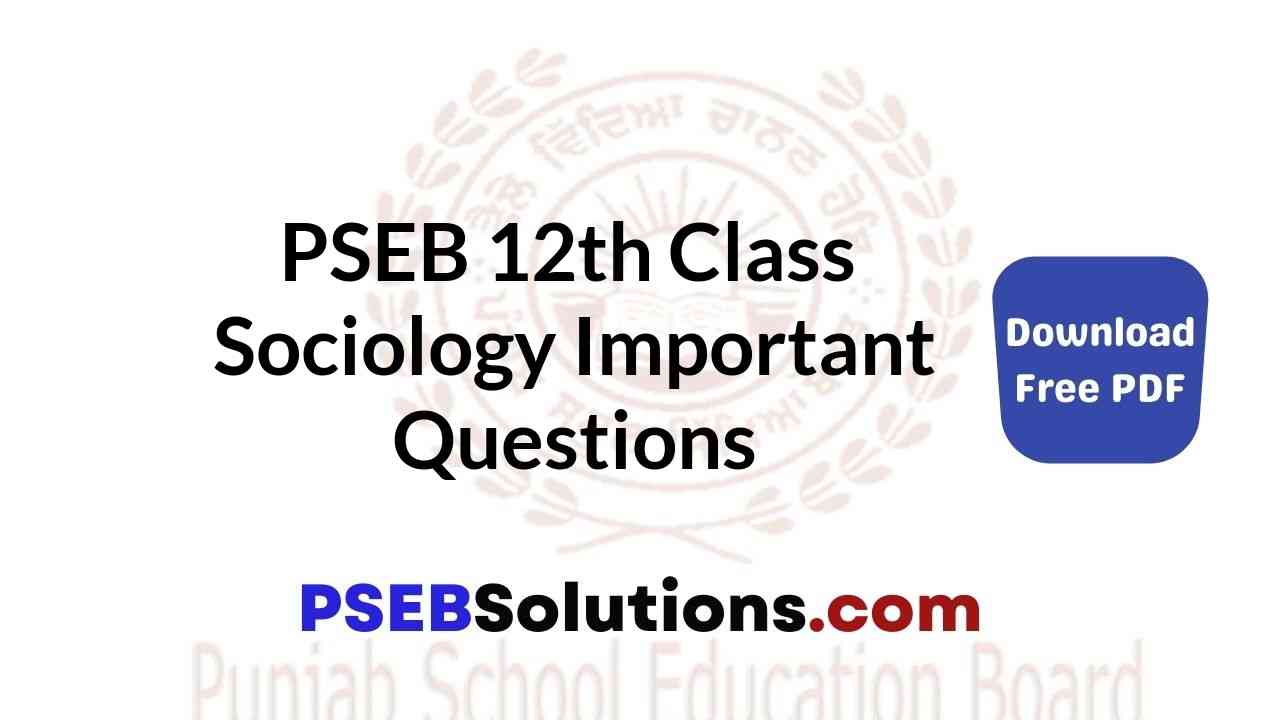Punjab State Board Syllabus PSEB 11th Class Geography Book Solutions Guide Pdf in English Medium and Punjabi Medium are part of PSEB Solutions for Class 11.
PSEB 11th Class Geography Guide | Geography Guide for Class 11 PSEB in English Medium
Geography Guide for Class 11 PSEB | PSEB 11th Class Geography Book Solutions
PSEB 11th Class Geography Book Solutions in Hindi Medium
Unit 1 सूर्यमण्डल
Unit 2 स्थलमण्डल
Unit 3 वायुमण्डल
Unit 4 जलमण्डल
PSEB 11th Class Geography प्रयोगात्मक भूगोल
PSEB 11th Class Geography Book Solutions in English Medium
Unit 1 Solar System
- Chapter 1 The Earth
- Chapter 2 Rocks
- Chapter 3 Agents of Change : Denudation, Transportation and Deposition
- Chapter 3(i) Denudation Works of River
- Chapter 3(ii) Denudation Works of Glacier
- Chapter 3(iii) Denudation Works of Winds
- Chapter 3(iv) Denudation Works of Underground Water
- Chapter 3(v) Denudation Works of Sea
Unit 2 Lithosphere
- Chapter 4 Major Land Forms
- Chapter 5 Volcanoes and Earthquakes
- Chapter 5(i) Volcanoes
- Chapter 5(ii) Earthquakes
Unit 3 Atmosphere
- Chapter 6 Formation and Structure of Atmosphere
- Chapter 7 Winds
- Chapter 8 Humidity and Precipitation
Unit 4 Hydrospere
- Chapter 9 The Ocean
- Chapter 10 Geo-Political Significance of Indian Ocean
PSEB 11th Class Geography Practical Geography
- Chapter 1 Maps
- Chapter 2 Scale
- Chapter 3 Enlargement and Reduction of Maps
- Chapter 4 Topographical Maps
- Chapter 5 Weather Maps
- Chapter 6 Contours
- Chapter 7 Weather Instrument
PSEB Class 11 Geography Structure of Question Paper
Class – XI (Pb.)
Geography
Time Allowed: 3 Hours
Theory: 70 Marks
The question paper has 5 sections comprising a total of 25 questions. All questions are compulsory.
Section – I
MCQ/Objective Type Questions: This section comprises questions with one word to one sentence answer/fill in the blanks/true or false etc. all multiple choice type questions. The section has 8 subparts (questions) 1 to 8, carrying one mark each. This section shall cover whole the syllabus. (1 × 8 = 8)
Section – II
Very Short Answer Type Questions: This section comprises questions of 7 subparts or questions 9 to 15, carrying 2 marks each. The answer to each question maybe two to three sentences. This section will cover whole the syllabus, choosing at least one question from each unit. (2 × 7 = 14)
Section – III
Short Answer Type Questions: This section comprises 5 subparts, questions 16 to 20, each carrying 4 marks. One question each from Unit I and Unit IV shall be set in this section and three questions from Unit II and Unit III. All the questions shall have an internal choice. (4 × 5 = 20)
Section – IV
Long Answer Type Questions: This section comprises of 3 subparts (questions) with 100% internal choice, 21 to 23, carrying 6 marks each. The answer to each question should be in about 100 to 150 words. All four Units of the Syllabus shall be covered. (6 × 3 = 18)
Section – V
Map Question: This section comprises two questions of map carrying 5 marks each. Students/Examinees are to attempt any 5 out of 8 items in each question. One part of map work pertains to identification and the other pertains to labelling in a political outline map of India and the World as per syllabus. (5 × 2 = 10)
Question Wise Break up
| Type of Question |
Marks Per Question |
Total no. of Questions |
Total Marks |
Percentage |
| Objective Type (Learning checks) |
1 |
8 |
8 |
11.5 |
| Short Answer (VSA) |
2 |
7 |
14 |
20 |
| Short Answer (SA) |
4 |
5 |
20 |
28.5 |
| Long Answer (LA) |
6 |
3 |
18 |
25.5 |
| Map Skills Based |
5 |
2 |
10 |
14.5 |
| Total |
|
25 |
70 |
100 |
Weightage to Content
| Section A |
8 Marks |
| Section B |
14 Marks |
| Section C |
20 Marks |
| Section D |
18 Marks |
| Section E (Map Work) |
10 Marks |
| Practical |
20 Marks |
| Project Work/Book bank |
8/2 Marks |
| Total |
100 Marks |
Weightage of Difficulty Level
| Estimated Difficulty Level |
Percentage |
| Easy (E) |
30% |
| Average (AV) |
50% |
| Difficult (D) |
20% |
Design of Question Paper
| Typology of questions |
MCQ/Objective Type (1 Mark) |
Very Short Answer (VSA)
(2 Marks) |
Short Answer-I (SA-I)
(4 Marks) |
Long Answer (LA) (6 Marks) |
Map Work (5) |
Total Marks |
% Wise Weightage |
Remembering-
(Knowledge based Simple recall questions, to know specific facts, terms, concepts, principles or theories; Identity, defined or recite information) |
8 |
2 |
|
1 |
|
18 |
25.5% |
| Understanding- Comprehension-to be familiar with the meaning and to understand conceptually, interpret, compare, contrast, explain, paraphrase, or interpret information |
|
3 |
3 |
2 |
|
30 |
43% |
Application-
(Use abstract information in a concrete situation, to apply knowledge to the new situation; Use given content to interpret a situation, provide an example, or solve a problem) |
1 |
2 |
2 |
|
|
12 |
17% |
Thinking Skills-
(Analysis & Synthesis classify, compare, contrast, or differentiate between different pieces of information, Organize and/or integrate unique pieces of information from a variety of sources) |
|
|
|
|
2 |
10 |
14.5% |
| Total – 70 |
8 |
7 × 2 = 14 |
5 × 4 = 20 |
3 × 6 = 18 |
2 × 5 = 10 |
Total = 70 |
100% |
PSEB Class 11 Geography Syllabus
Theory
Unit – I: Solar System
Solar System: Earth Position of Earth in Solar System, Size and Shape, Movements of Earth and Effects, Longitudes and Latitudes.
Time; Local, Standard, and International Date Line.
Rocks: Origin, Classification, and Characteristics
Factors of change; Weathering and Denudation by river, glacier, wind, oceans, and underground water.
Unit – II: Lithosphere
Landforms: Mountains, Plateaus, and Plains; Origin, Classification and their significance to mankind.
Earthquakes: Causes, Effects, Types, and Distribution.
Volcanoes: Causes and effects of Volcanic activities.
Unit – III: Atmosphere
Extents, Layers, and composition.
Temperature; Factors controlling temperature, distribution, and range of temperature.
Pressures; Factors controlling pressures, horizontal and vertical distribution.
Winds; Planetary, seasonal and local; Shifting of wind belts and their impact. Cyclones and Anti-cyclones.
Humidity and Precipitation; Relative humidity and Specific humidity Precipitation types, rainfall types, and distribution.
Unit – IV: Hydrosphere
Oceans: Ocean basins and submarine relief, Ocean waters and their circulation, temperature, salinity^ waves, currents, and tides.
Special reference: Geopolitical importance of Indian Ocean.
Note:
A. Examples as far as possible be given from India.
B. Answers be illustrated with maps and diagrams.
Map Work: 20 Marks
Maps: Necessity of maps, classification, the scale of maps; R.F., Linear scale, its use in maps. Reduction and enlargement through the square method.
Direction: Finding direction in the field and on the map, Orientation of Local map in the field, methods of showing direction on the map.
Atlas map symbols: Identifications and Recognition of Symbols of conventional signs used in the atlas, Topographic sheet, and weather maps.
Methods of showing relief on maps: Contours, Interpolation of Contours identification of simple relief features from contours on a map.
Drawing of cross-section, observation, and recording of various weather elements with the help of the following instruments:
(a) Six’s minimum and maximum thermometer.
(b) Aneroid Barometer
(c) Wind Vane
(d) Wet and dry bulb thermometer
(e) Rain gauge
(f) Drawing of isotherms, isobars, and isohyets.

